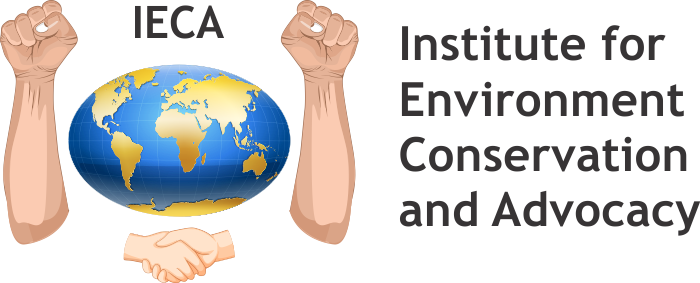Sustainable rural development indicators are metrics used to assess the environmental, social, and economic aspects of rural development initiatives. These indicators help measure progress towards achieving sustainable outcomes in rural areas. Here are some key indicators across different dimensions:
- Environmental Indicators:
- Land Use and Land Cover Change: Assess changes in land use patterns, including conversion of natural habitats to agricultural or urban areas.
- Biodiversity Conservation: Measure the diversity and abundance of plant and animal species in rural ecosystems.
- Water Quality and Quantity: Monitor water resources for pollution levels, availability, and sustainability of water sources.
- Soil Health: Evaluate soil quality and fertility, including erosion rates, nutrient levels, and organic matter content.
- Climate Resilience: Assess vulnerability to climate change impacts and implementation of adaptation measures.
- Social Indicators:
- Community Well-being: Measure indicators such as access to healthcare, education, social services, and cultural resources.
- Livelihood Diversity: Assess the diversity of livelihood options available to rural residents, including agriculture, forestry, tourism, and small-scale enterprises.
- Social Equity: Evaluate the distribution of resources, opportunities, and benefits among different social groups within rural communities.
- Governance and Participation: Assess the inclusiveness and effectiveness of local governance structures and mechanisms for community participation in decision-making processes.
- Social Capital: Measure indicators of social cohesion, trust, and collective action within rural communities.
- Economic Indicators:
- Income and Employment: Track trends in household income levels, employment rates, and income distribution within rural areas.
- Economic Diversification: Assess the diversification of economic activities and sources of income beyond traditional sectors like agriculture.
- Value Chain Development: Evaluate the development of value chains and market linkages for rural products and services.
- Access to Infrastructure: Measure access to essential infrastructure such as roads, electricity, water supply, and telecommunications.
- Financial Inclusion: Assess access to financial services, including credit, savings, insurance, and other financial instruments.
- Institutional and Policy Indicators:
- Policy Alignment: Assess the alignment of rural development policies and strategies with sustainability goals and principles.
- Institutional Capacity: Measure the capacity of local institutions, including government agencies, NGOs, and community-based organizations, to support sustainable rural development initiatives.
- Stakeholder Engagement: Evaluate the extent of stakeholder participation and collaboration in planning, implementation, and monitoring of rural development projects.
- Policy Coherence: Assess the coherence and coordination of policies across different sectors (e.g., agriculture, environment, social welfare) to support integrated and holistic approaches to rural development.
These indicators provide a comprehensive framework for assessing progress towards sustainable rural development goals and identifying areas for intervention and improvement. By tracking these indicators over time, policymakers, practitioners, and communities can ensure that rural development initiatives contribute to long-term sustainability and resilience.

 Call :
Call :